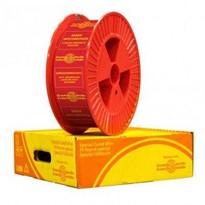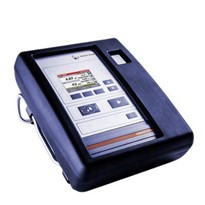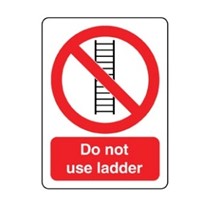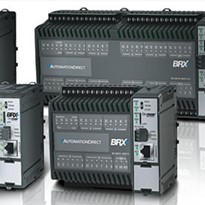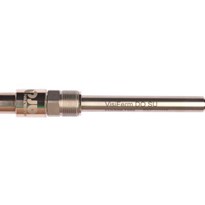As consumers, we are concerned about food safety, so we have to check the expiry date of the products we purchase. There are two types of date labels in Australia: “best before” and “use by.” “Use by” dates would alert us when food is no longer safe to consume. Furthermore, consumers will be able to assess the condition of fresh produce for themselves.
The question is “Do we understand the difference between “best before” and “use by”? So, do we waste tonnes of still-edible food as a result of this misconception??? Food products can be consumed after its “best before” date. These products should still be secure even though some of their quality may have been lost. Unsafe products are those that have passed their “use by date.”
Do we believe that packaging can extend shelf life? This is a challenging subject….
There are products, such as some fruit kinds, organic goods, or imperfect vegetables, that call for a “best before date” after they are packed. Plastic packaging in these cases can increase their shelf life and reduce food waste. Potatoes, one of the most wasted products, are sold with “best before” dates when packaged in plastic bags. However, potatoes can remain “alive” and edible for months when stored properly in low light and in a “breathable” bag… On the other hand, we do see “best before” date on the canned goods with a shelf life of two years or more…
Supermarkets in the UK started removing “best before” dates… Should we take the initiative? We still don’t know the answer to the questions above… However…
As a supplier of the innovative packaging in the Australian market, we understand that minimising food waste along the supply chain is more critical than ever. It’s our responsibility to keep and deliver the fresh fruit during the supply chain for a longer shelf life and consumer satisfaction.
We’ve recently tested the Pre-printed unique GS1 Digital Link enabled QR Code in the ATGA traceability pilot, one of the largest traceability projects deployed in Australia in order to assist grape growers in complying with quality standards of the fruits and minimise food waste. Case level real-time printed GS1 Digital link enabled QR code identified, captured, and shared information from the moment the fruits, packaged in polybags, with GS1 Digital Link collected at the farm through the supply chain until exported to over 15 markets in the Asia Pacific Region.
We introduced our traceability software Product Cloud, which recorded the end-to- end data in a specially created dashboard, mapping the whole journey of the fruits capturing the average temperature to ensure fruits freshness, humidity, as well as overall statistics, average voice of product score and journey map. Once the products reached the consumers, they can use their native phone camera to scan the activated GS1 QR code, which takes them to a microsite to tell a story about the fruit, the farmer, the region/location, and it enables them to participate in the survey about general satisfaction of the fruits, freshness, preferences for taste, market demands, fruit security, product recall, capability, traceability, and consumer confidence.
Our mission is to identify the best sustainable solutions for reducing food waste from around the globe; we bring the most innovative packaging machinery, materials, and software solutions to the Australian market for sustainability, traceability, food waste reduction; Our solutions help to leverage Smart Products to improve recycling habits; communicate alerts about product; reduce single-use plastic packaging through trackable products and in-build loyalty schemes; serialisation built into the QR or any other code provides no challenge for recyclable packaging.
This is what we do, and who we are. We never stop on our journey, because most of the time we are seeking to get better at what we’re already doing as an innovative packaging supplier, a proud member of the Australian Institute of Packaging and an active member of Fight Food Waste CRC.


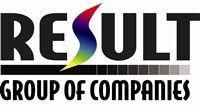
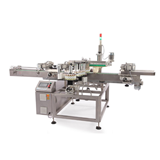



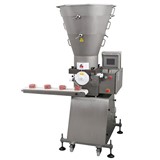


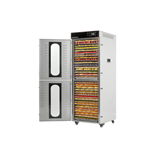




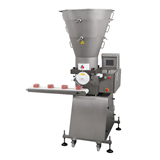

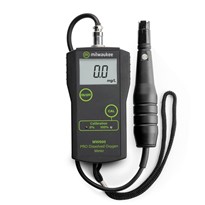


-205x205.jpg)
